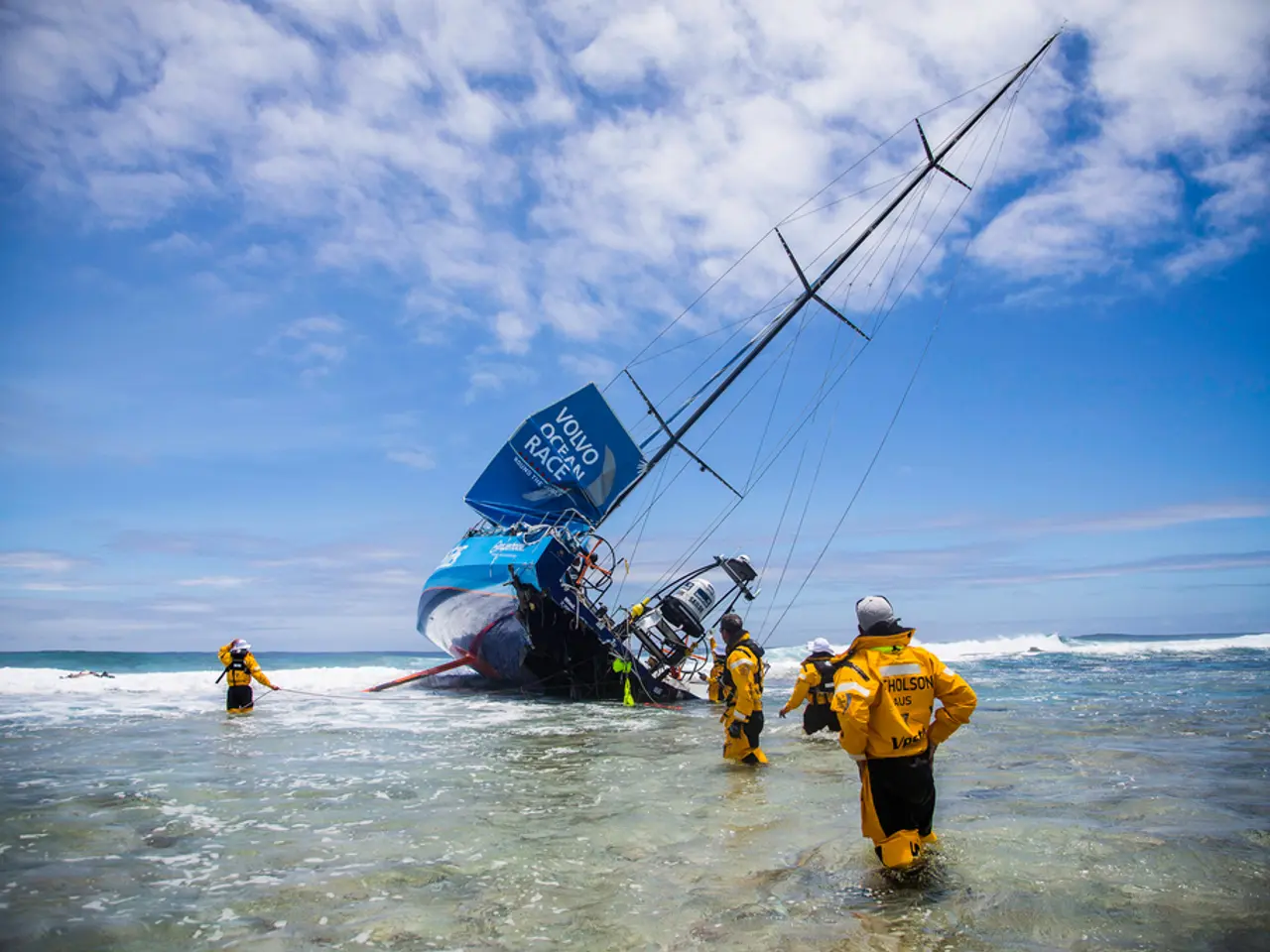Life at Sea for 'Modern-Day Captain Nemo,' Expedition Pioneer Robert Ballard
**Robert Ballard's Historic 1985 Expedition Unveils Deep-Sea Mysteries**
In 1985, oceanographer Robert Ballard led a groundbreaking expedition that would forever change our understanding of the deep sea. This mission, funded by a top-secret U.S. Navy project, had a dual objective: to locate the wreck of the RMS Titanic and, covertly, to investigate sunken nuclear submarines.
The expedition took place aboard the U.S. Navy research ship Knorr, with an international team from the Woods Hole Oceanographic Institution (WHOI) and the French oceanographic institution IFREMER. The team used the Argo, a 16-foot submersible sled equipped with a remote-controlled camera that transmitted live images back to the ship, marking a significant advancement in deep-sea exploration technology.
On September 1, 1985, the team made history when they discovered the Titanic about 12,500 feet beneath the North Atlantic surface. The ship was found in two main pieces, with its iconic bow largely intact and the stern heavily damaged. The discovery revealed rusticles—stalactite-like formations caused by iron-eating microorganisms slowly consuming the wreck. This finding sparked decades of research and public fascination, influencing marine archaeology and underwater exploration for years to come.
Ballard has spoken about this mission, revealing how the Navy’s classified goal was a key element behind the publicly framed Titanic discovery. This expedition remains one of the most significant achievements in oceanography, blending scientific discovery with military objectives, and setting a new standard for deep-sea searching techniques.
Today, Ballard continues his mission to seek out and investigate sunken submarines and other deep-sea mysteries. He advocates for combining the efforts of oceanographers, engineers, and social scientists to study the world's deep oceans. Ballard believes that there is more history in the deep sea than all of the museums of the world combined, and he has worked on expanding access to ocean research via telepresence and computer links.
Donations made to support Ballard's work will contribute to the ongoing investigations and expeditions in the deep sea, the recording of the activity of hydrothermal vents, the ecology of hot springs on the ocean floor, and the diversity of marine creatures. Funds raised through donations will also support the preservation and protection of undersea finds, as well as the continued exploration of the deep sea.
For those interested in supporting quality science journalism, donations can be made on the website. Together, we can help broaden our understanding of the oceans and the planet, and uncover the mysteries that lie beneath the waves.
In the continuation of Robert Ballard's oceanographic explorations, he champions the fusion of science, technology, and space-and-astronomy to delve deeper into the enigmas of the deep sea. His endeavors strive to uncover hidden narratives, not only in the depths but also in the vast expanse of space, paving the way for future discoveries.
With contributions from donors, Ballard's investigations encompass the study of hydrothermal vents, the ecology of hot springs on the ocean floor, and the diversity of marine creatures, unveiling the rich history that remains hidden beneath the waves, inextricably linked to the mysteries of our universe.




